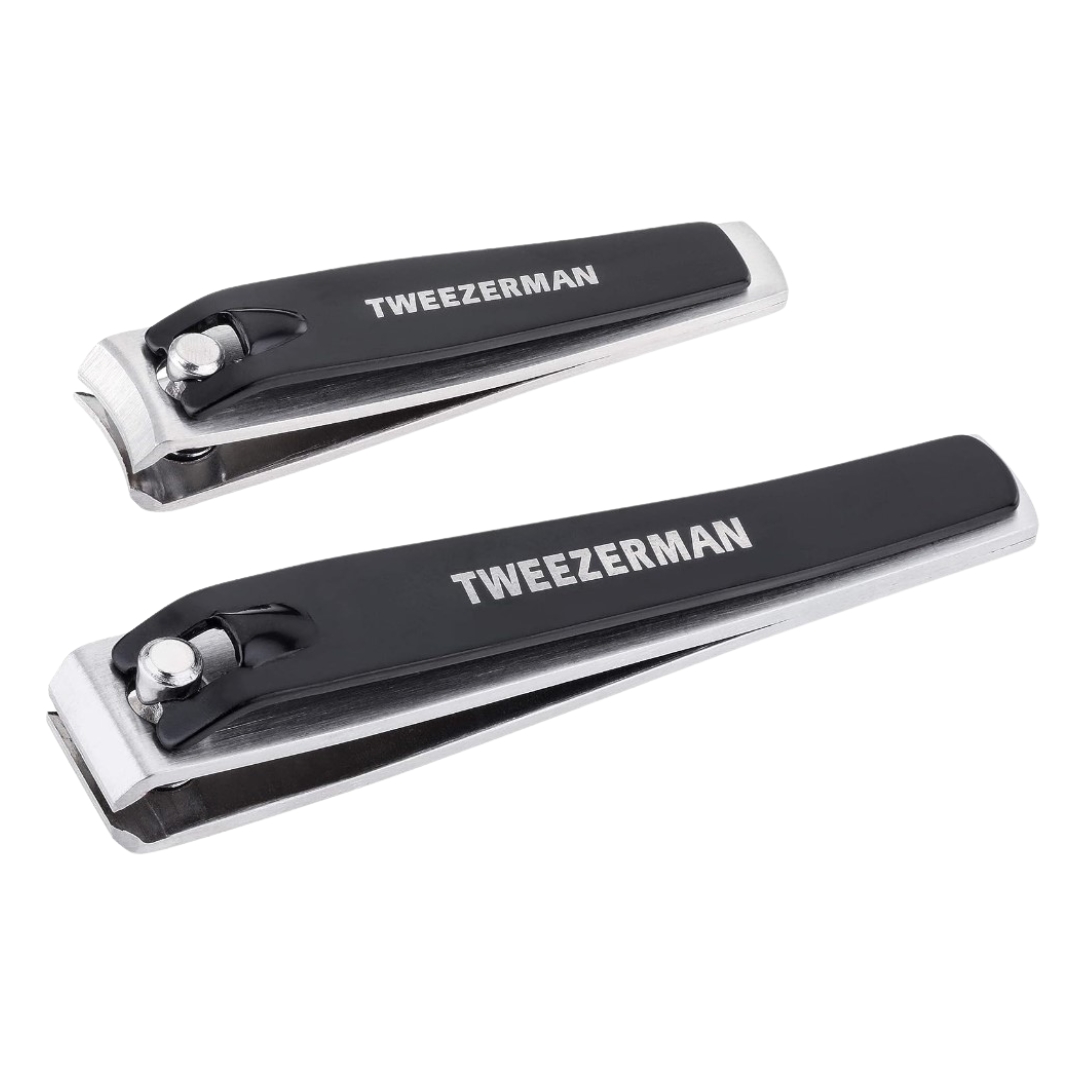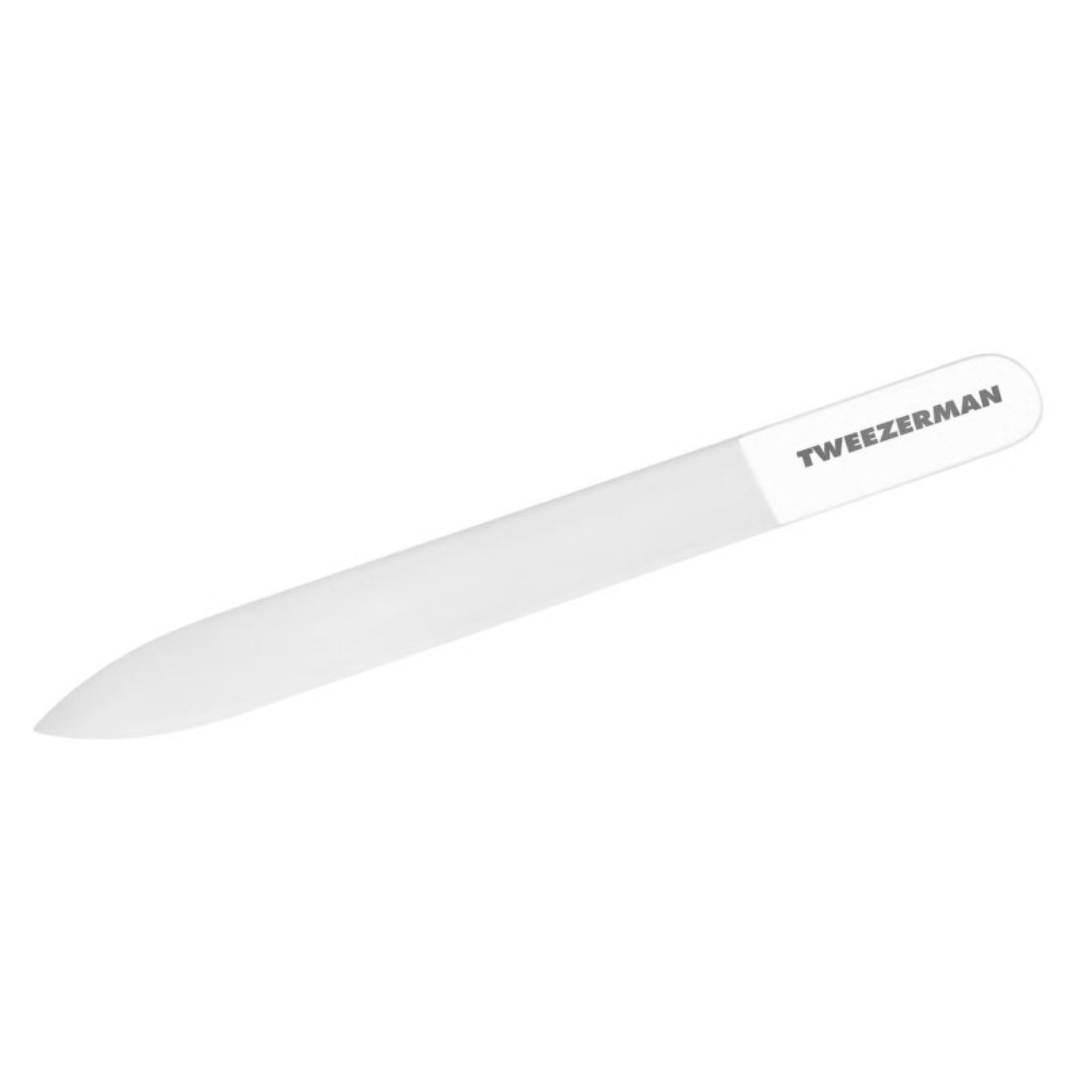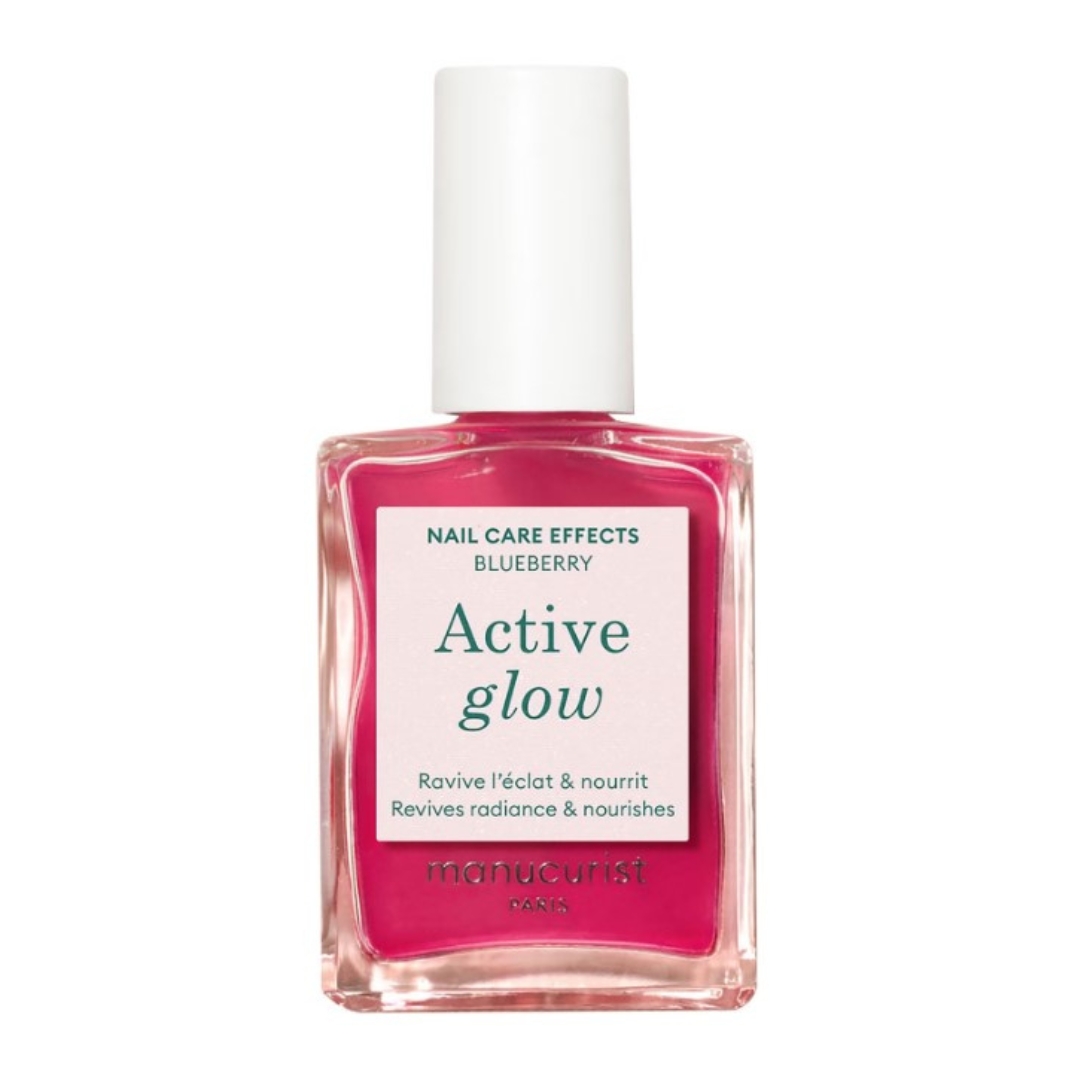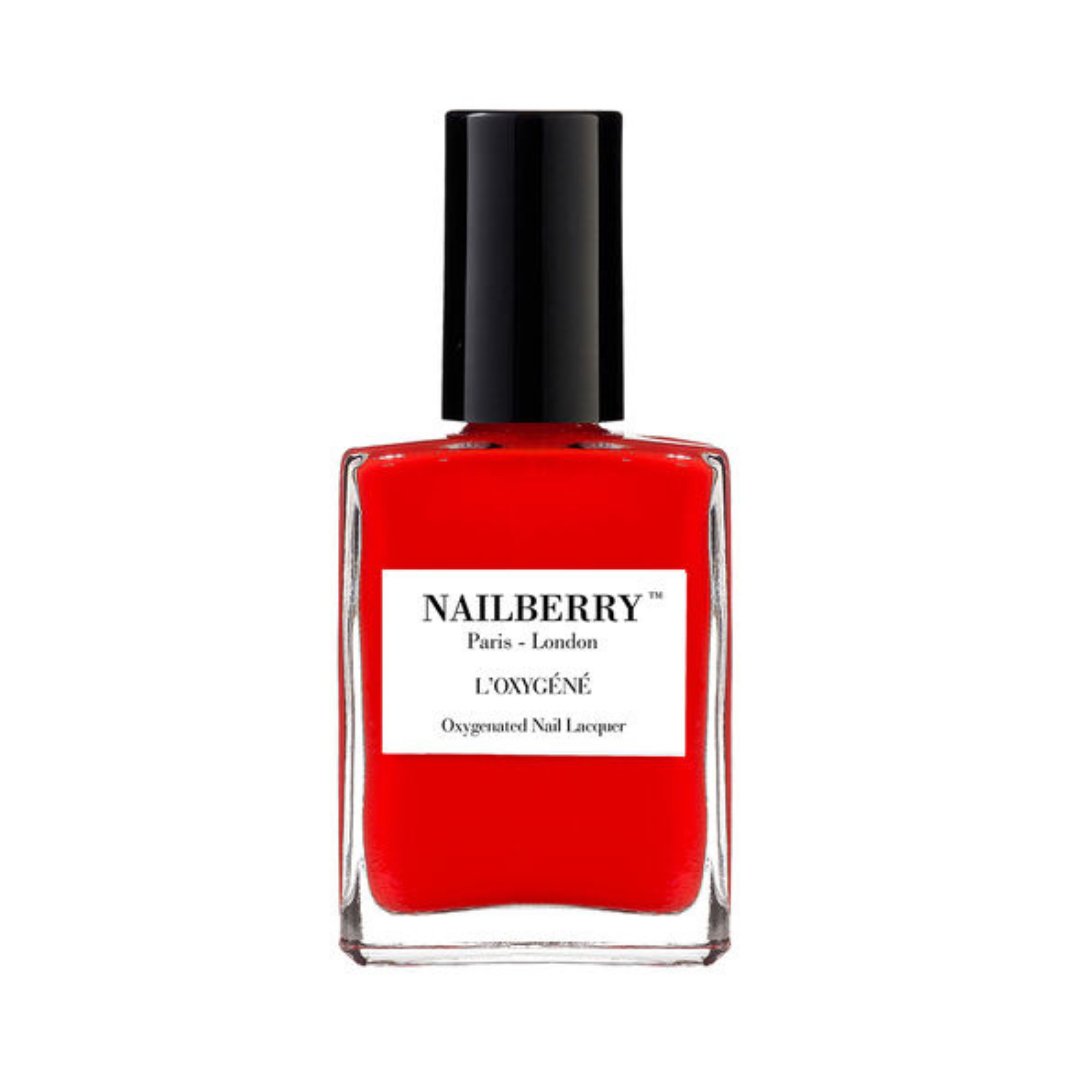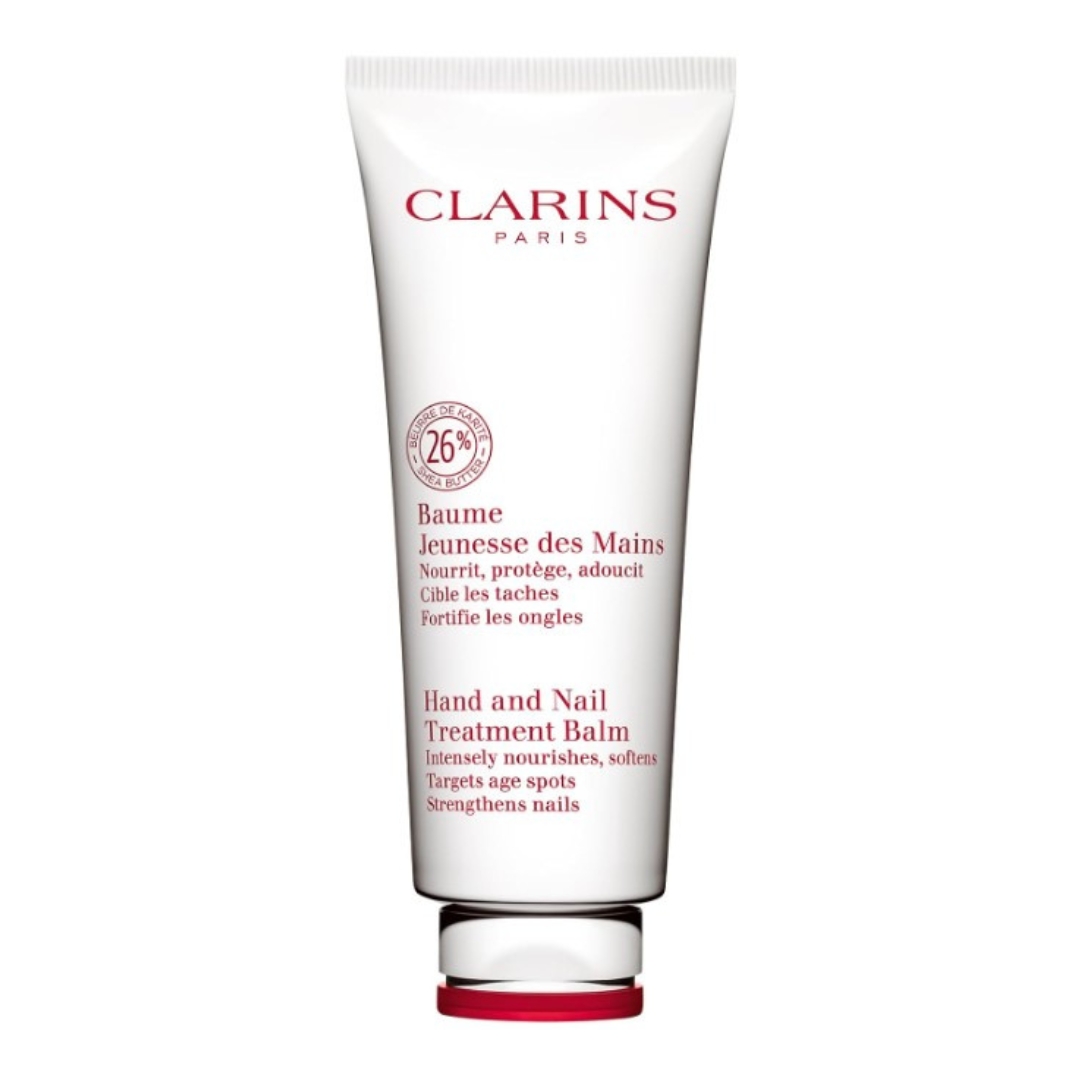The 10 simple things people with healthy nails always do
Want the insider tips people with healthy nails swear by? We got the lowdown from some of the industry's top experts...
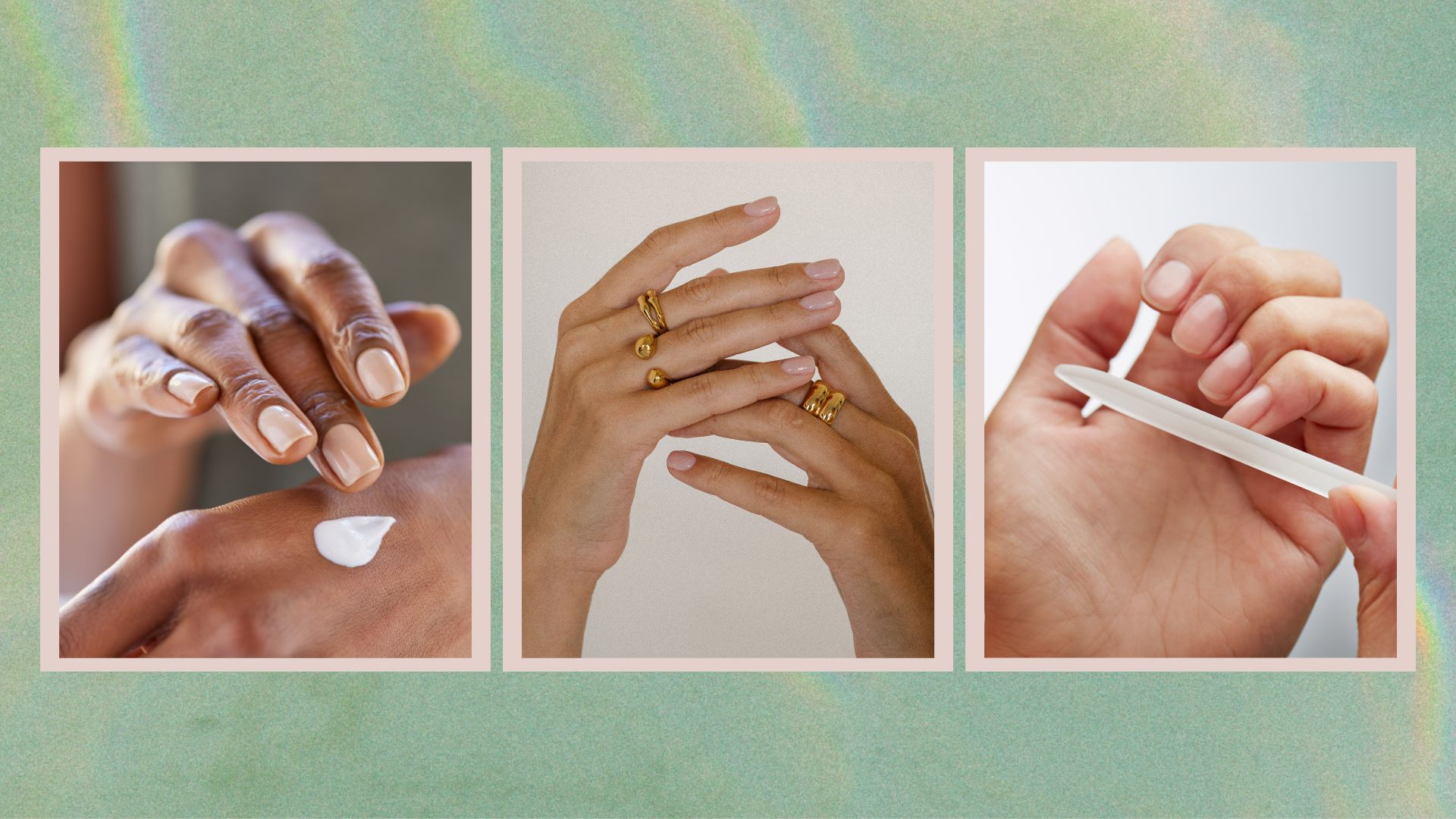

We're a nation obsessed with good-looking nails, but when it comes to nail care routines it's likely few of us have them. Prioritising our nail health is becoming more important, however, so if you're interested in improving yours, this guide contains the expert intel you'll need to work towards healthy nails.
If you're looking for the answers to how to fix brittle nails or repair damaged nails – especially if you're a frequent BIAB nail or gel-getter – you're in luck, as experts have shared their insights in this very guide. With the rise of neutral nails and "barely-there" finishes, nail care has never been more relevant – because, after all, you can't achieve flawless talons without first giving your nails some TLC.
But while we've probably all heard the classic "cuticle oil and hand cream" advice after getting a manicure, but it turns out there's a lot more to nail health than just applying a layer of moisture. Maintaining and improving your nail health is something that can easily be done yourself at home.
To that end, we quizzed industry experts on what those with healthy nails do to keep them so – ahead you'll find the top 10 things people with healthy nails always do, including tips and tricks for maintaining your salon manicure and recommendations that cover everything from the best nail strengtheners to cuticle oil. Welcome to the nail health club...
The 10 things people with healthy nails always do
1. Trim and tidy weekly
It might seem obvious but just shaping and tidying up your nails regardless of if you're painting on colour, is one of the most important ways to maintain nail health.
"Go back to basics: a simple tidy to your nail shape can make all the difference," says Kirsten White, nail technician and CEO and founder of London Grace. "My favourite way to care for my hands is taking ‘me’ time once a week for a full manicure – shape, buff and cuticle care followed by one coat of base, colour and top coat."
If you're short on time, just rounding the edges of your nails will help to keep them strong, according to International Nail Artist and Bio Sculpture technician Julia Diogo. "Round nails slightly at the corners to keep any sharp edges from snagging," she recommends. "Having a nail file to hand is also a good idea as you are able to quickly smooth out any snags before they become bad breaks."
Sign up for the woman&home newsletter
Sign up to our free daily email for the latest royal and entertainment news, interesting opinion, expert advice on styling and beauty trends, and no-nonsense guides to the health and wellness questions you want answered.
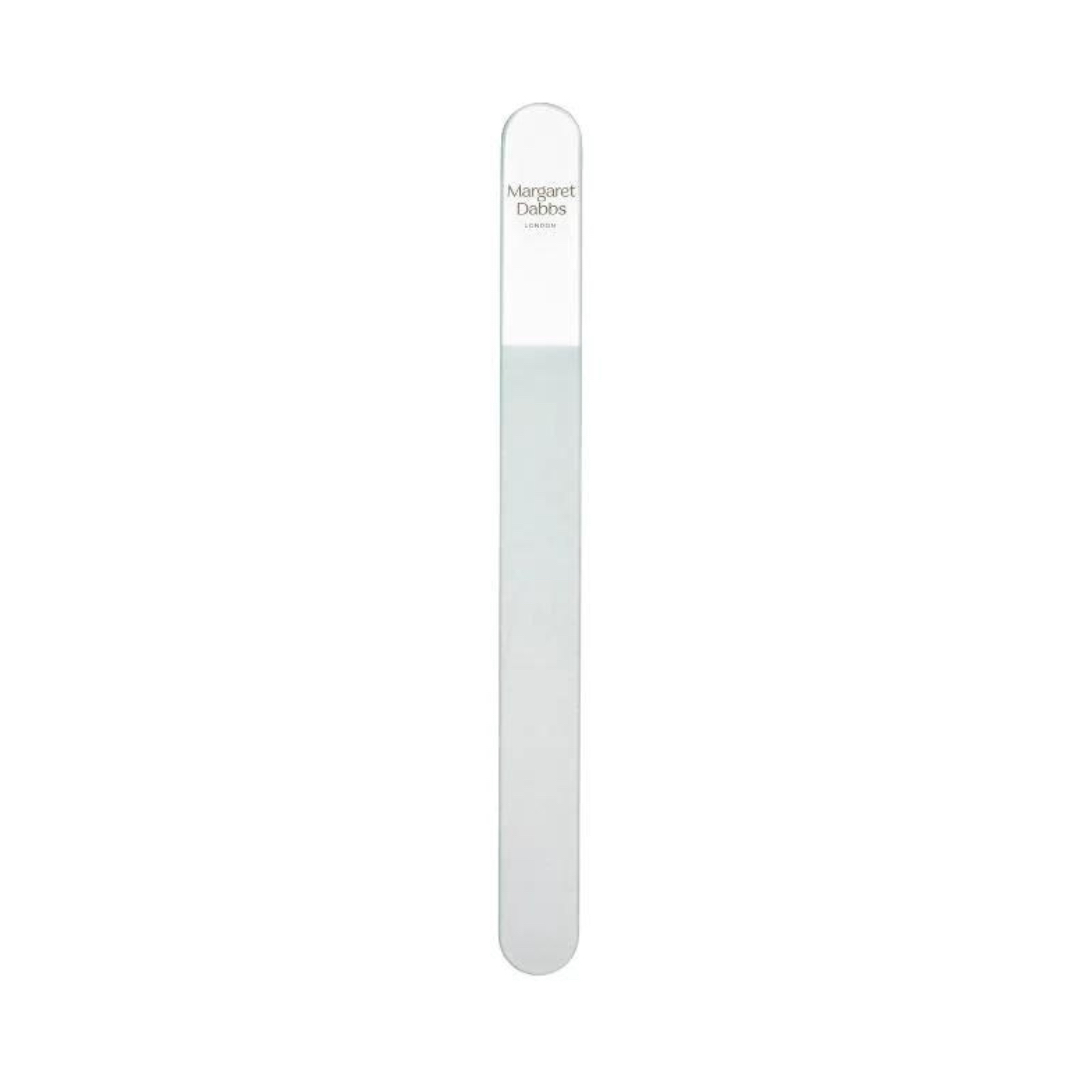
RRP: £16
This long-lasting crystal file will help with achieving stronger, healthier nails. It promotes healthy nail growth and seals the nail edge to prevent the nails from splitting.
2. Be delicate with your hands
Aftercare following a manicure is super important as it ensures your treatment and colour can last for as long as possible while keeping the skin on your hands supple. But it's also important to be careful with your hands generally. To that end, the experts recommend avoiding doing certain things around the house.
"Post manicure, you want to ensure your beautifully painted nails don’t come into contact with anything that will impact them," White tells us. "This means no colourful spices that could stain your nails, avoid overly hot water, which could cause the polish to flake, and absolutely [no] using your nails as a tool."
So, no DIY and avoid doing the dishes without popping on a pair of gloves.
3. Focus on cuticle care
Cuticles, though they might not seem important, are the secret to good nail health. We all love watching our technician trim them pristinely during a manicure but once we get home, many of us forget about their importance.
Diogo says it's worth applying cuticle oil two or three times a day. "I recommend keeping one in a handbag and one on your bedside table; if you see it you will want to use it," she suggests. "Or [you could] apply a thick cuticle balm in the evening as a treatment for maximum hydration."
Don't try and emulate your manicurist's cuticle cutting at home – White warns that it's possible to overdo it. "Less is more," she says. "It can be tempting [to frequently trim cuticles], but they provide protection for the tissue that grows new cells to build nails, so it’s vital they are cared for. Or if you don’t have many cuticles, gently push them back with a cuticle pusher to give them a neat edge." Maintaining your cuticles at home with an oil is also key to polished and healthy-looking nails.
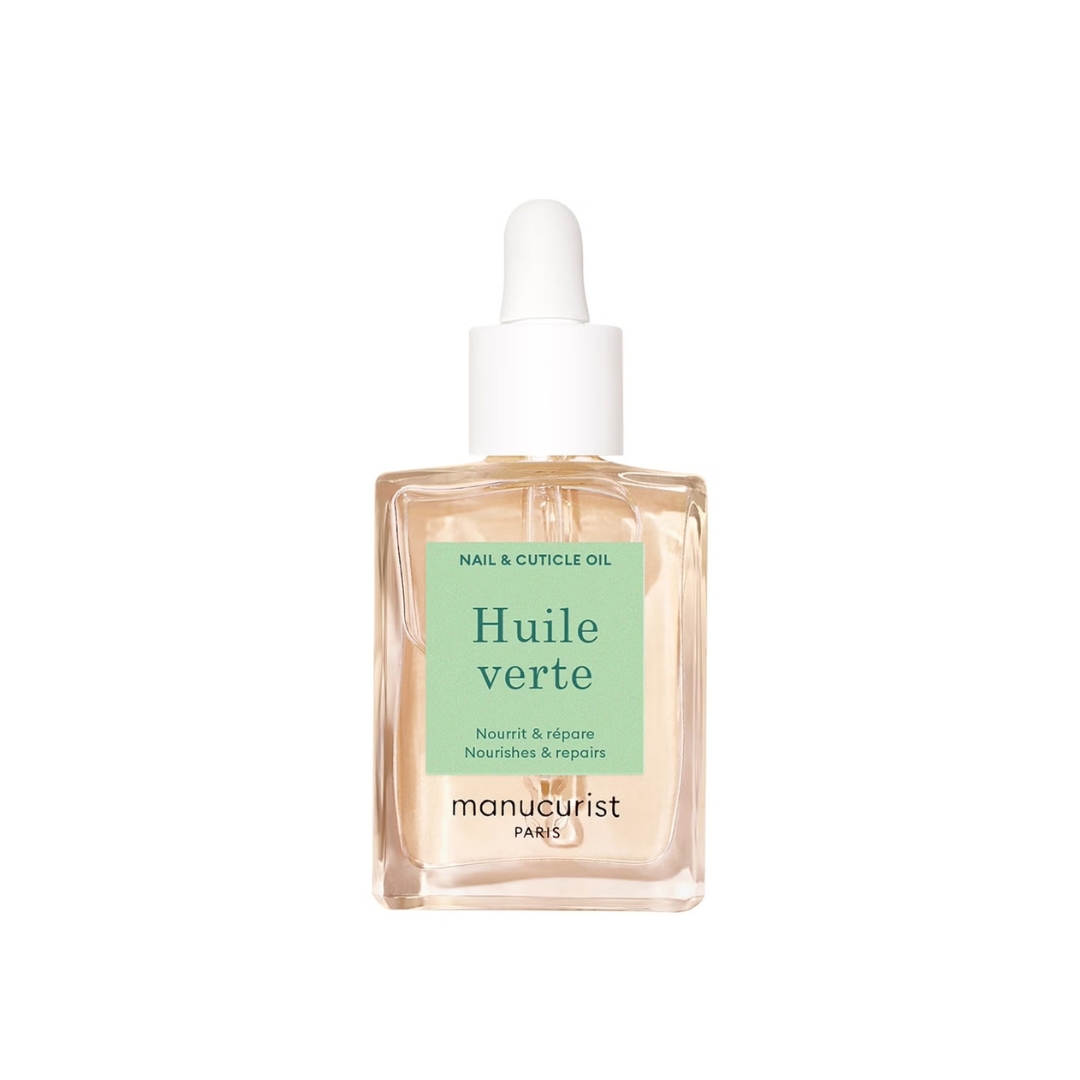
RRP: £15
Formulated with sweet almond, coconut and walnut oil, this oil from Manucurist works to condition and strengthen your nails while supporting healthy growth.
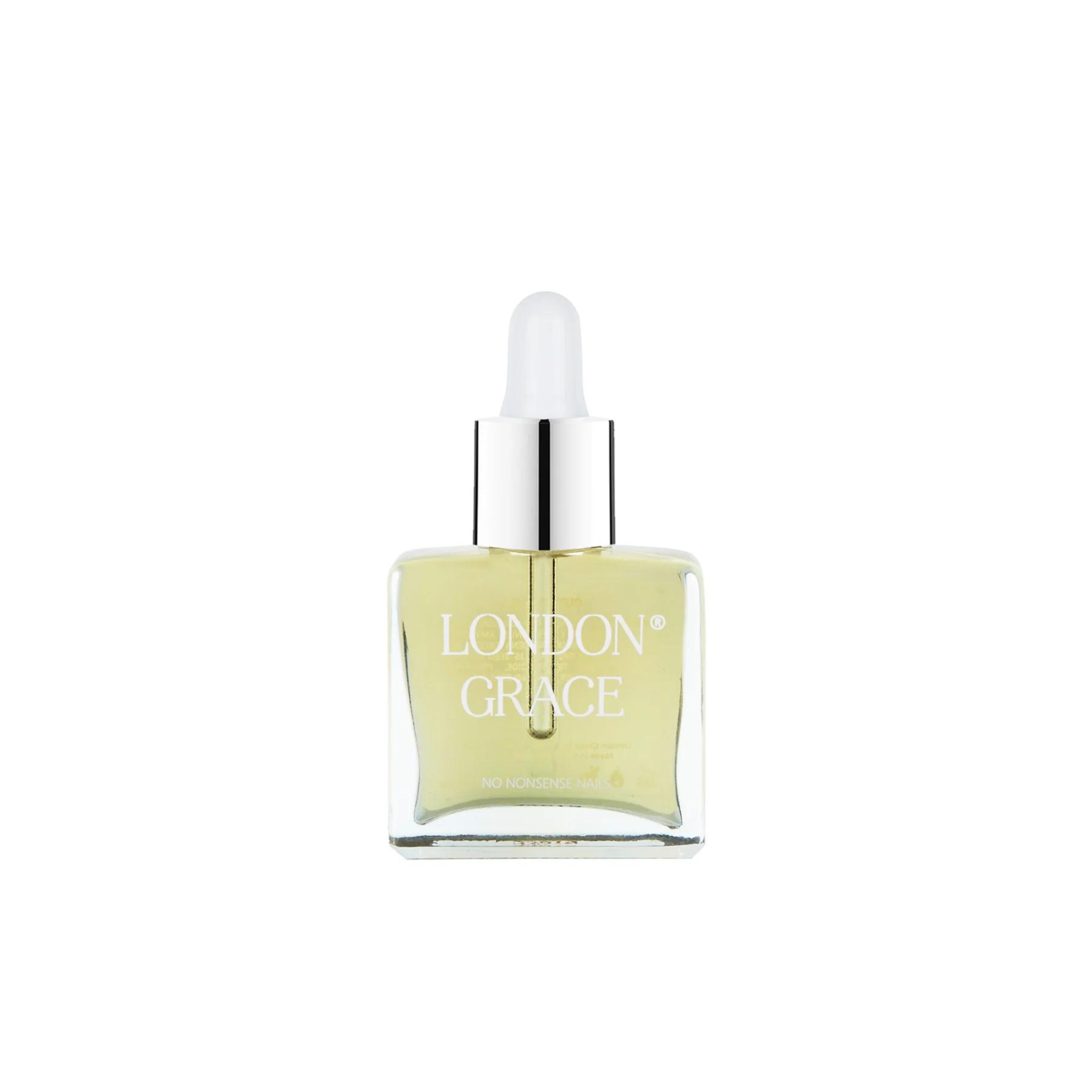
RRP: £12
Keeping your cuticles hydrated means that the moisture will seep into and around your nail bed, leading to healthier hands. This particular blend contains celery seed, vitamin E and almond oil and is designed to restore nail and cuticle health. Apply after every hand wash and work it into and around the nails for the ultimate mositure hit.
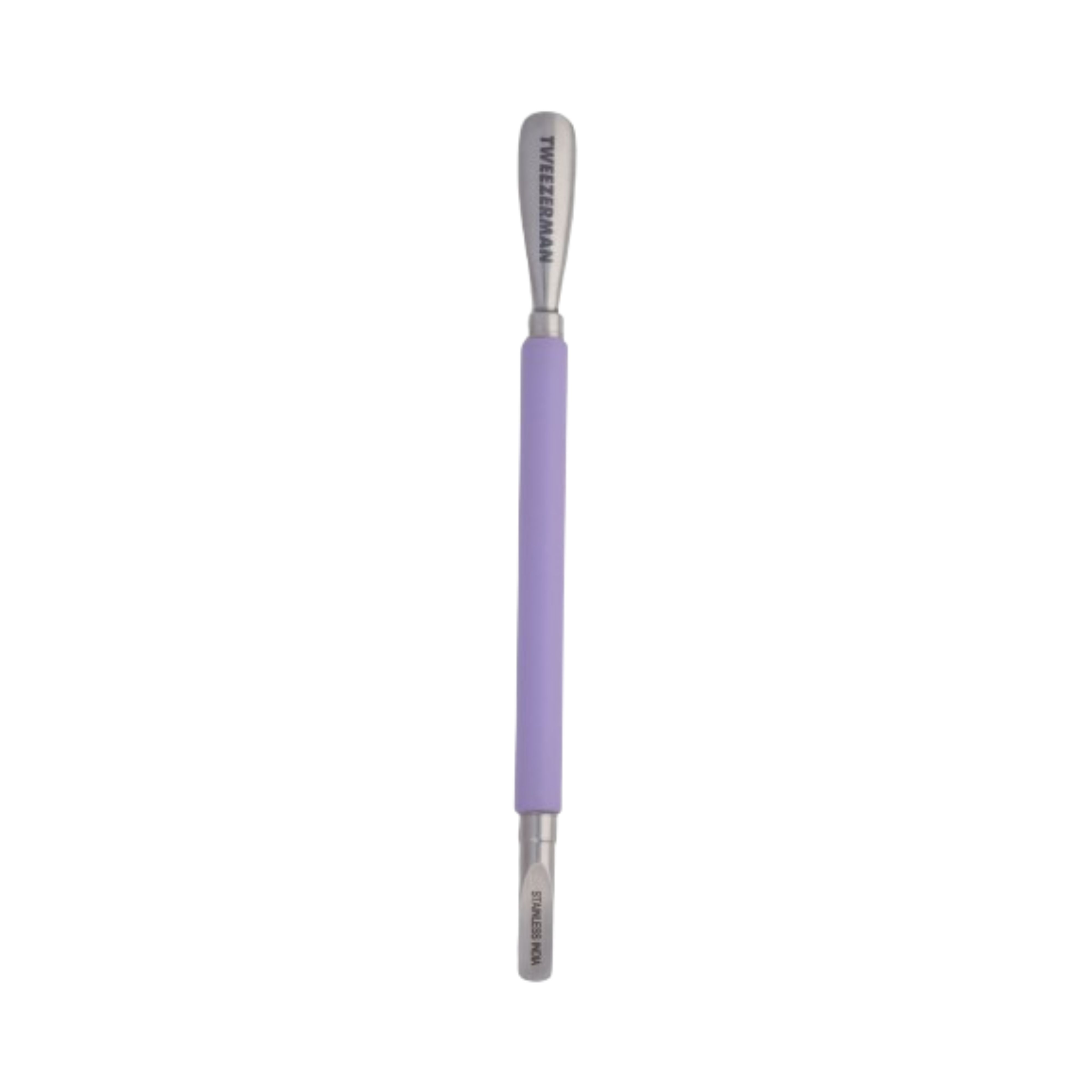
RRP: £16
If you want to replicate salon-worthy nails, investing in a gentle cuticle pusher is the way to go. Using one will help create the perfect base for applying product and colour and give you a larger surface area, too. Taking your cuticle pusher, gently move your cuticles back and work around the sides to remove access dry skin.
4. Never pick or peel a manicure
Ask any expert what the worst thing you can do to damage your nails is and they will all say the same thing: peeling and picking off your gel manicure. Not removing your gel manicure correctly is detrimental to your nail health – it's the ultimate nail sin. By ripping it off, "You are not only removing the gel, you are also ripping away layers of the nail, which then leads to weak and damaged nails," warns Diogo.
Not being able to get to the salon for your removal doesn't mean you're out of options, as it is possible to remove polish yourself with no picking involved. "If you’re wearing a harder-wearing polish, like gels, make sure you follow their specific steps for removing the product safely," says White. Our step-by-step guide on how to remove gel nails at home will help you learn how to do this safely and correctly.
5. Avoid certain ingredients
"Make sure you know what products you’re putting on your nails – if they have a strong smell, chances are there are some ingredients in there that you might not want to put on your nails," explains White. "Toluene is a solvent that helps nail polish apply smoothly to the nail, however, exposure can lead to headaches, dizziness and cracked skin. It’s still being used in nail products today but with alternative ingredients." While the FDA notes that it is being phased out as a nail polish ingredient, the below brands are toluene-free.
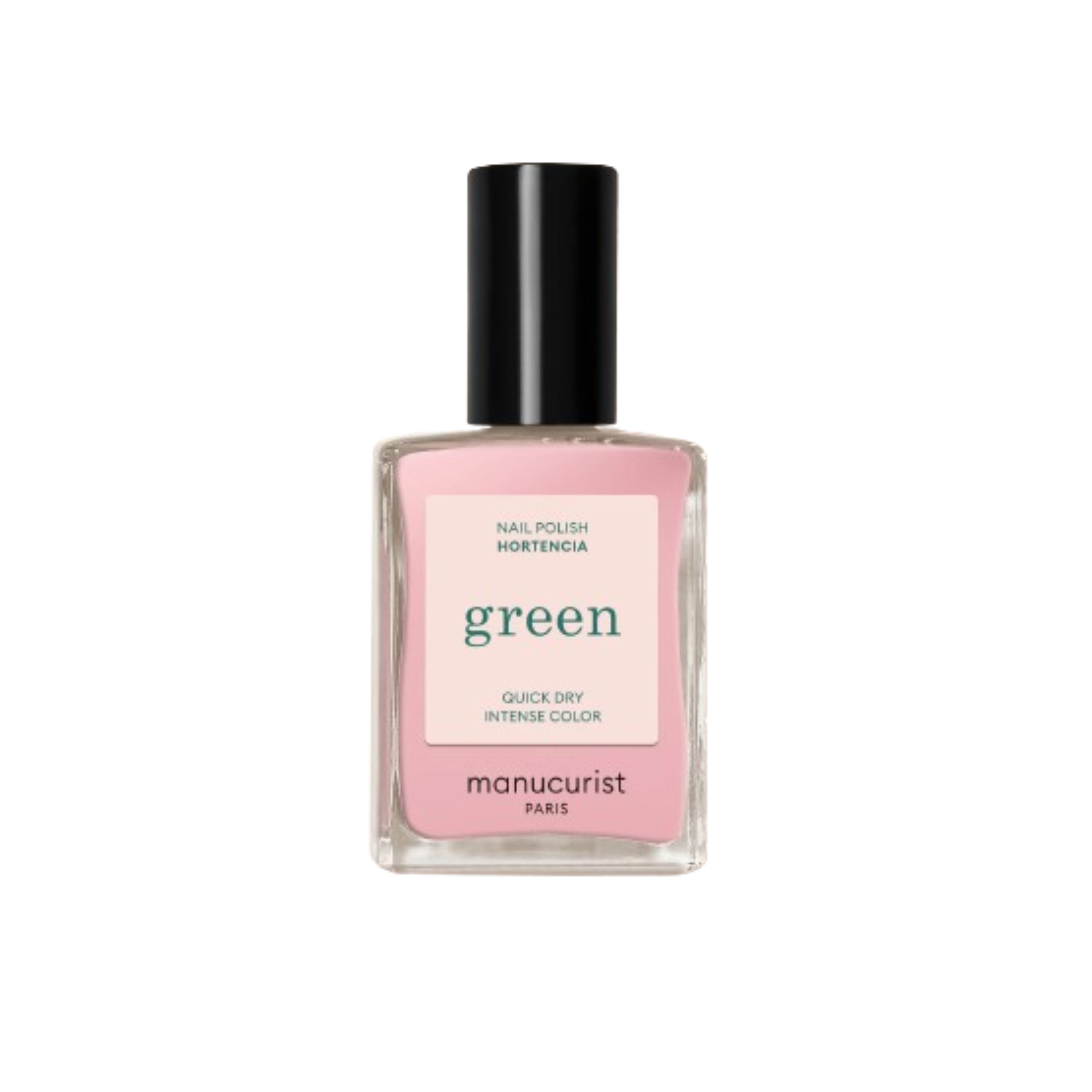
RRP: £14
Free from 9 of the most common toxic chemicals found in traditional varnishes, Manucurist polishes are all vegan, cruelty-free and contain 84% bio-sourced ingredients that are kind to the planet. All their formulas follow a strict blacklist that excludes harmful ingredients. This gorgeous pink shade promises to work for each and every occasion.
6. Support with supplements
If you find that no matter what you do your nails are still weak and prone to breakage, you could consider taking a supplement to improve your nail health.
"I believe supplements make a difference to the health of the nails – however, you cannot solely rely on them and also need to make sure you're eating a balanced diet, drinking lots of water and caring for your nails by keeping them hydrated and well looked after," advises Diogo.
Alternatively, look out for foods rich in the nutrients necessary for healthier nails. White tells us: "Iron is essential for strong and healthy nails and a deficiency can contribute to brittle nails."
7. Prioritise hygiene
Another simple one, but keeping your hands and nails as clean as possible works wonders for maintaining nail health. "It’s estimated that we touch our face around 25 times an hour so [it's] an easy way for germs to spread," says White.
It's also worth popping on a hand cream after washing them to seal in moisture. "After hand washing you should always go in with a moisturiser to keep the hands hydrated and smooth," says Diogo. "For me, it’s all in the hydration – whatever you don’t nourish won’t flourish. I know many think it’s a myth but keeping your nails hydrated really does make a huge difference to their appearance pre-, during and post-manicure."

RRP: £2.25
Not all anti-bacterial hand washes have to be clinical. This one not only smells amazing but also keeps your hands and nails free from the germs and bacteria that could lead to poor nail health. Use it whenever you wash your hands and before popping on a moisturising hand cream each day.
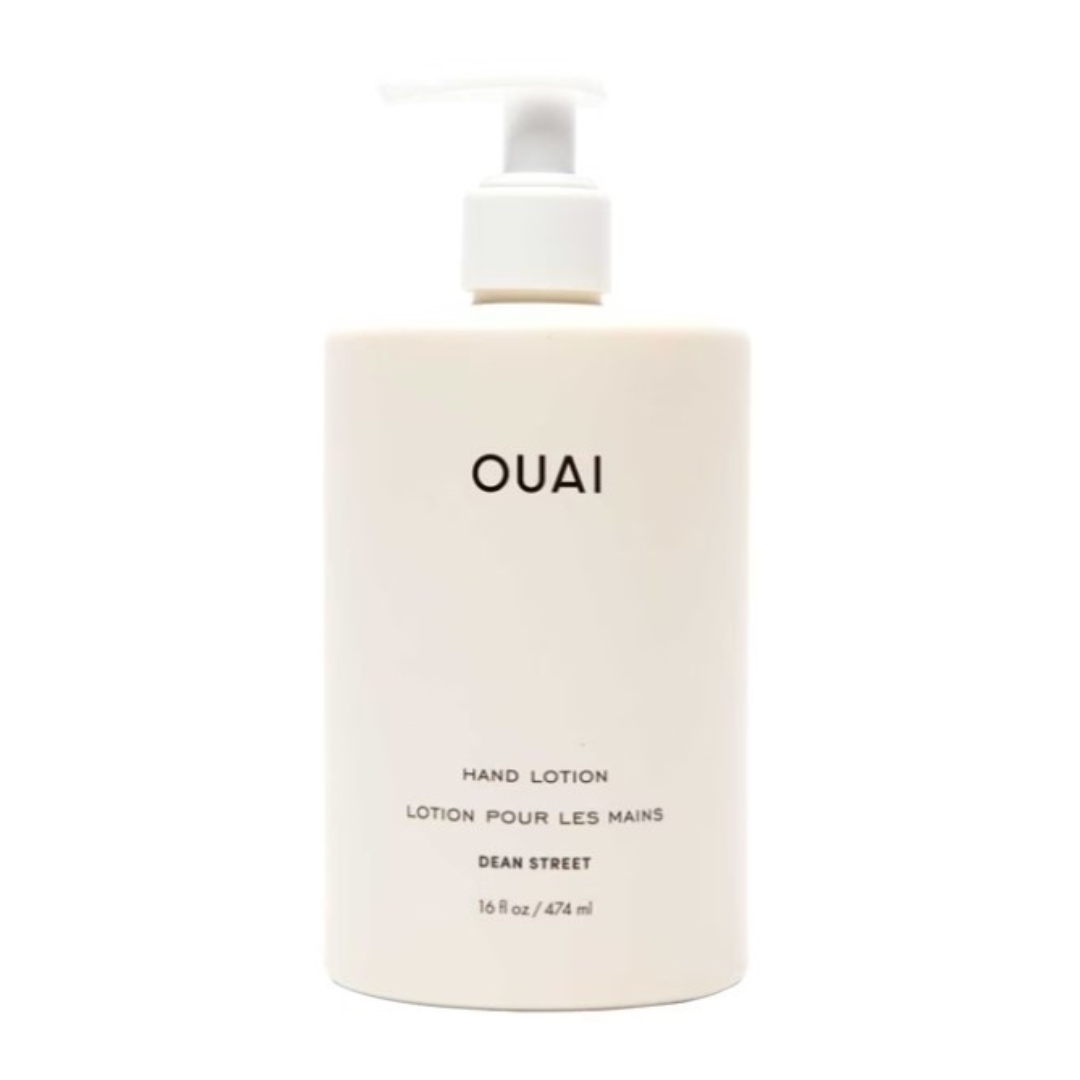
RRP: £28
Featuring a blend of hydrating avocado, jojoba and rosehip oils, this lotion, with its elegant scent of citrus fruits, rose, magnolia and linden blossom, is a must-try.
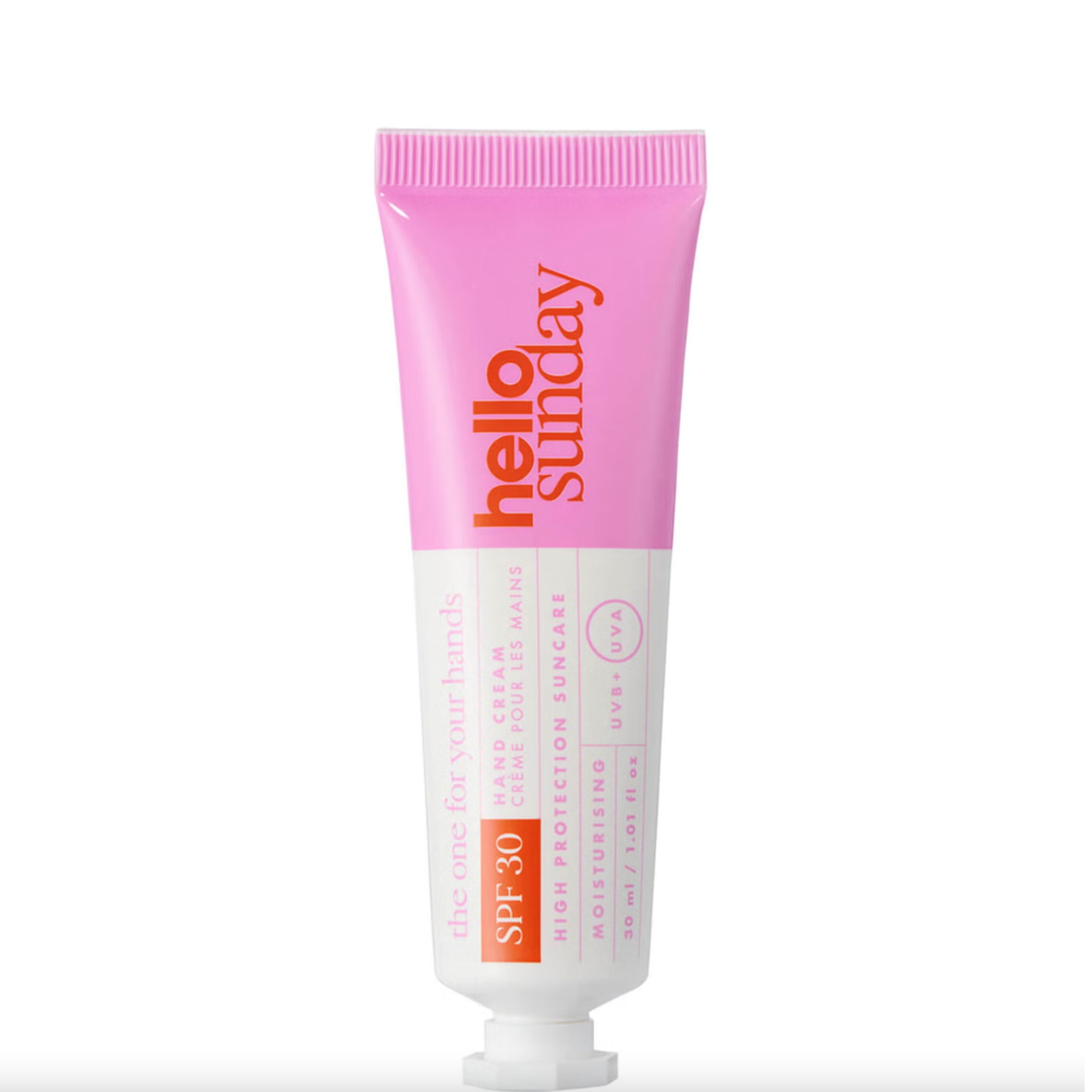
RRP: £9
Choose a hand cream that goes further like this SPF formula. Lightweight and offering quick absorption, plus protecting your hands from UVA and UVB, this is one of the best hand creams. It's also enriched with hyaluronic acid and aloe vera, meaning it soothes and repairs damage and signs of ageing, too.
8. Practise proper salon etiquette
Guilty of scrolling on your phone during your manicure? It turns out this might mean you don't get as good of a manicure according to the experts.
"Having worked as a nail technician for many years, I can hands down say that the best thing to do is to give your manicurist your full attention," White advises. "It can be quite a delicate task and you’ll get the best manicure if you’re not multitasking and trying to use your phone while you’re at the salon."
9. TLC treatments
In addition to daily cuticle oil and hand cream application, the experts also recommend using a hand scrub to keep skin soft, smooth and nourished.
"Weekly hand scrubbing keeps skin looking fresh and sheds all dead skin," says Diogo. "If you're not wearing gel on the nails, [do] a weekly tidy of the cuticles and finish with nail treatments to keep nails healthy and strong."
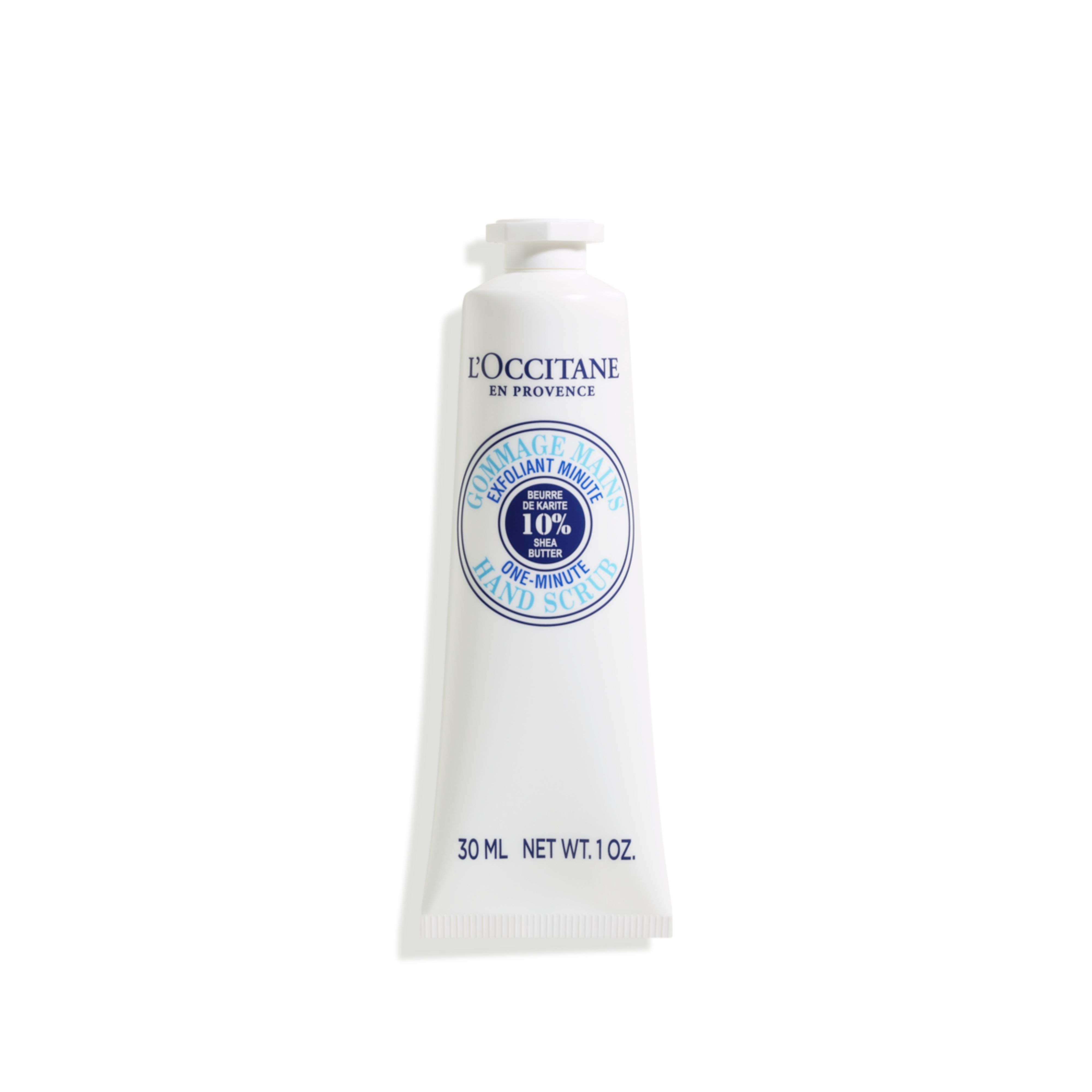
RRP: £9.50
It doesn't have to take long to ensure good nail health; this hand scrub gets to work quickly and effectively. Formulated with crushed husks and shea butter for soft and smooth skin, this is such a treat for rough hands. Use a couple of times a week for the smoothest skin around.
10. Break myths
Many of us have heard the rumours about taking a break from salon manicures as they damage the health of your nails. But according to these experts, you might not need to...
"There’s no need to take a 'break' [from] manicures, but in between seasons, I’d recommend opting for a 'natural' manicure over a colour manicure," says White. "A simple shape, buff and shine is a lovely treatment and a great way to show off your natural nails."
A break can be advisable, but perhaps not for the reasons you'd think. "The only time people should take a break is when they have had their gels removed incorrectly and their nails become weak and damaged," Diogo confirms. Having gel manicures doesn’t ruin your nails; having them removed incorrectly does."

Annie Milroy is the Beauty Writer for Woman & Home and other publications.
She spent three years studying Journalism and English Language at the University of Portsmouth before starting her career in magazines in 2017.
After 5 years working as a Fashion & Beauty Writer, she refined her career and is now working at Future as a Beauty Writer.
-
 The Handmaid's Tale: Does June get Hannah back at the end of season 6?
The Handmaid's Tale: Does June get Hannah back at the end of season 6?It's been June's endgame from the very first moments of The Handmaid's Tale, but will she be reunited with her daughter Hannah at the end of season 6?
By Lucy Wigley
-
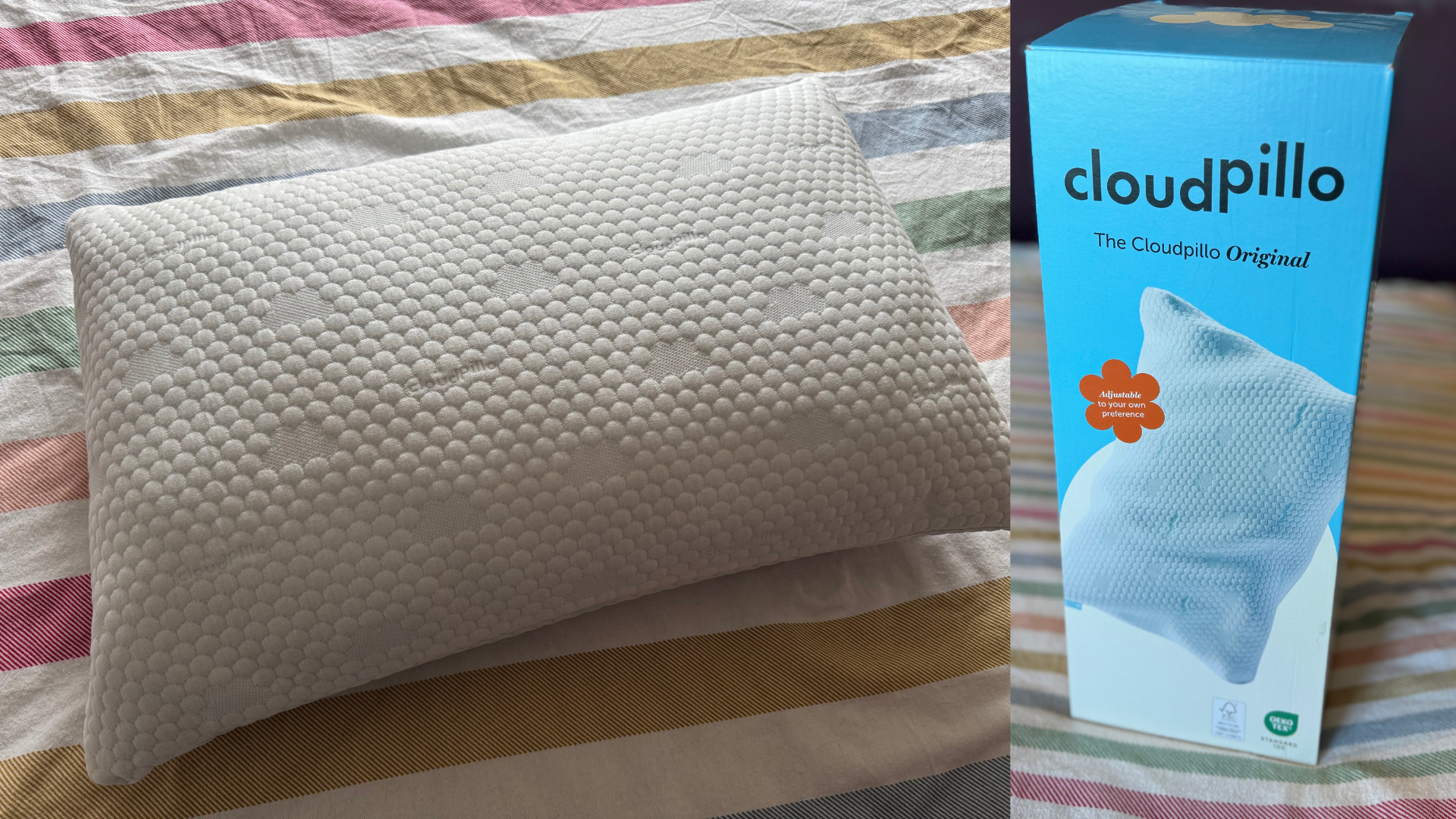 My decades-long quest for the perfect pillow ends here, but forget what you think you know about memory foam
My decades-long quest for the perfect pillow ends here, but forget what you think you know about memory foamPacked full of tiny pieces of shredded memory foam with a dual-sided cover to keep you cool, this is the next best thing to sleeping on a cloud
By Heidi Scrimgeour
